A textbook of inspirations features the words of Abramović, Eliasson, Gormley and 278 more

Artist Ryan Gander and critic Jonathan P Watts have spent the last year and a half delving into 281 of the most interesting creative minds of our time. They've gathered their findings into book form (or, more accurately, USB-book form), that you can buy for £5, by ‘downloading’ it from a pop-up vending machine in London's Cork Street Galleries.
‘We asked a cohort of internationally creative people to imagine they’ve missed the last train home,’ Gander and Watts write in the introduction. They asked: ‘Is there one piece of writing that you would want with you for company in the small hours?’ Each creative figure submitted a text with personal annotations and notes made directly onto it. The impressive reel of contributors – which spans three A4 content pages – includes Marina Abramović, Art & Language, Antony Gormley, Olafur Eliasson, Ragnar Kjartansson, Sarah Lucas, Alistair Hudson, Tony Chambers and Hans Ulrich Obrist.
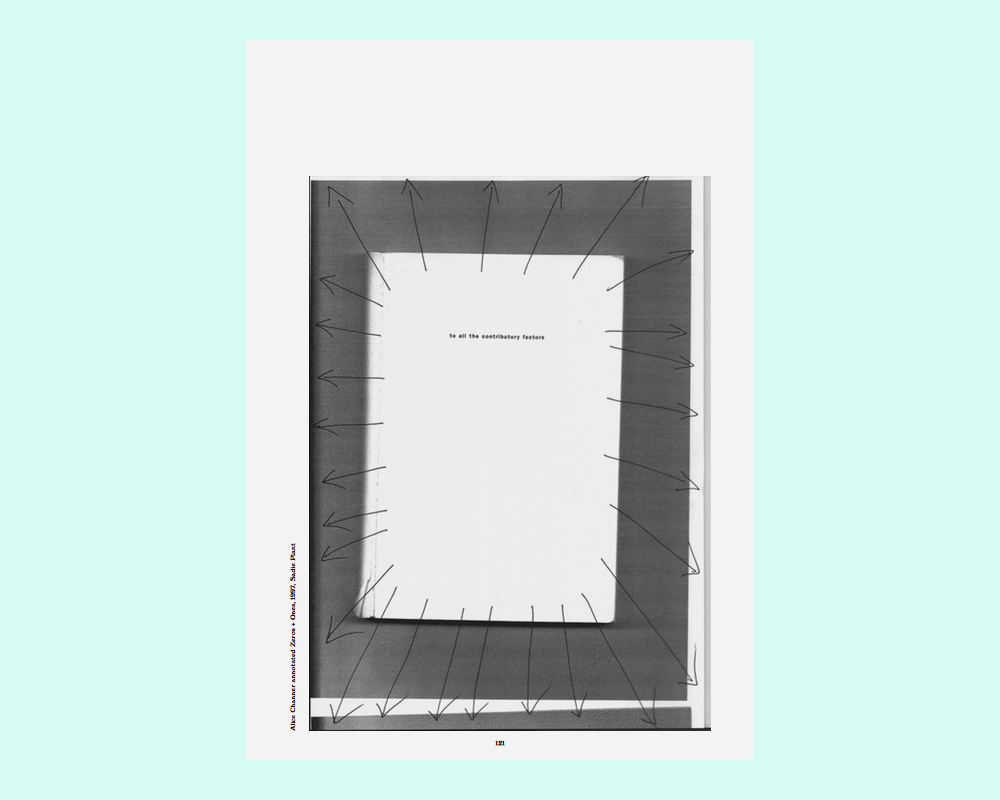
Zeros + Ones, by Sadie Plant, 1997, annotated by British sculptor Alice Channer
Which text each creative figure picked is as revealing as what they scribbled on it. Kjartansson chose an extract by fellow Icelander and Nobel Prize winner Halldór Laxness; Eliasson chose Sensorium – Embodied Experience, Technology, and Contemporary Art, by Bruno Latour 2006; and Pedro Reyes, (who, along with his wife Carla Fernández, has just been awarded the Design Miami/ Design Visionary Award for 2018) picked Who Shall Survive?: Foundations of Sociometry, Group Psychotherapy and Sociodrama, by Jacob Levy Moreno, 1977.
Some of the annotations are elucidating: ‘Can my perspective through the camera be as open as these words?’ muses artist Rob Crosse at the close of Ash Wednesday, by Samuel R Delany, 2017. Some are instructional: ‘Worth straining your eyes for!’ writes artist Pavel Buchler on the almost illegible How I Write, written in tiny typewriter print by Viktor Shklovsky in 1930. Others still are filled with the mundanity of the everyday: ‘+ wine / + broccoli / + beans / + tampons’ reads a shopping list at the dogged-edge of SCUM Manifesto, by Valerie Solanas, 1967, as picked by British artist Rachel Ara.
The pages are haphazardly scanned into the book; a communal, global scrapbook of the digital age. ‘As a non-profit project, our hope is to create an educational resource that can be used as both a teaching aid for future generations alongside being an archive that captures personal mementos and unique perspectives from a variety of contributors that are at the forefront of our contemporary society,' write Gander and Watts. ‘The Annotated Reader will be a curriculum, an index and an ethics.
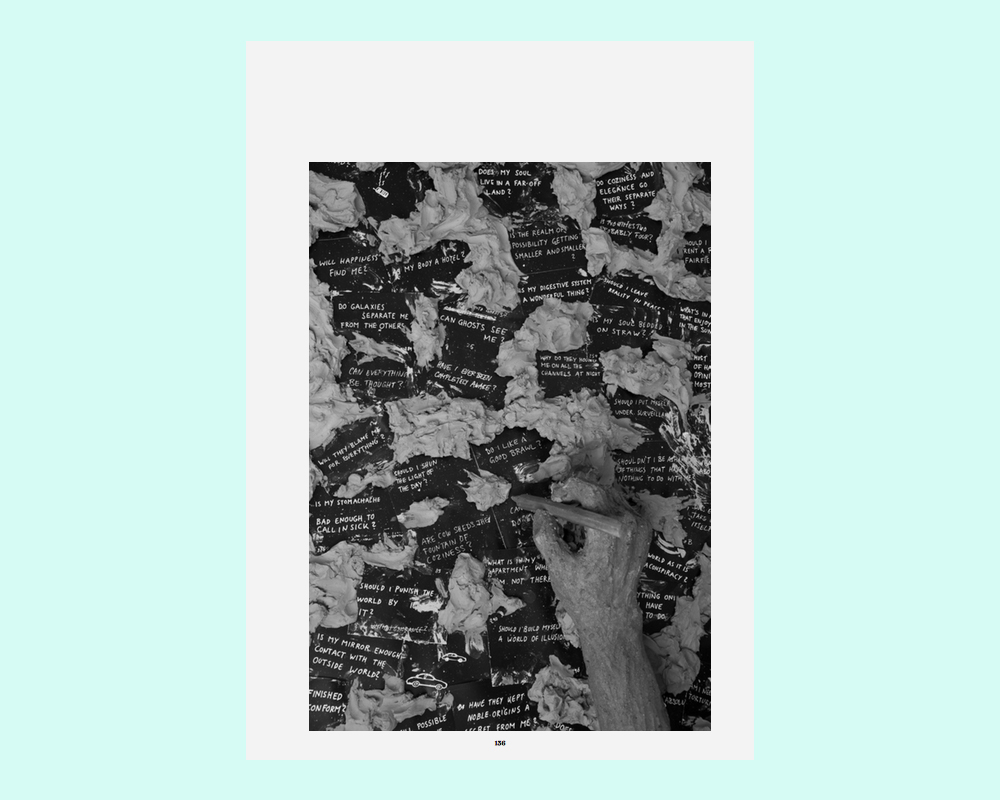
Will Happiness Find Me?, by Peter Fischli & David Weiss, 2003, annotated by William Cobbing
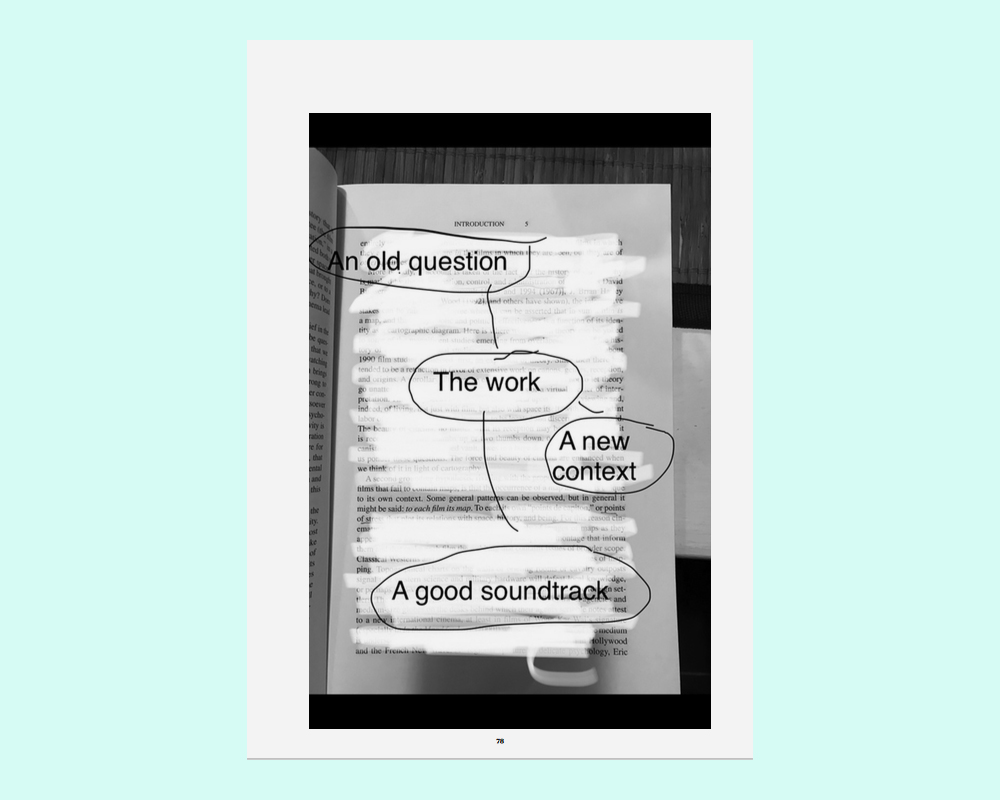
Introduction, Cartographic Cinema, by Tom Conley, 2006, annotated by John Bloomield
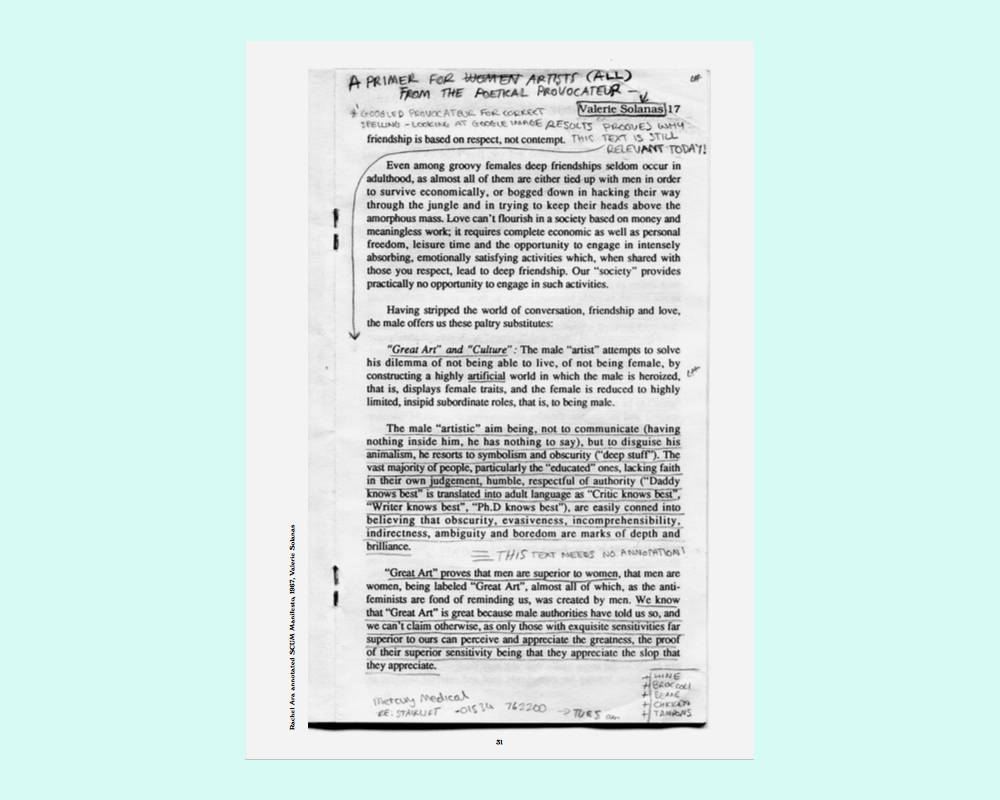
SCUM Manifesto, Valerie Solanas, 1967, annotated by Rachel Ara
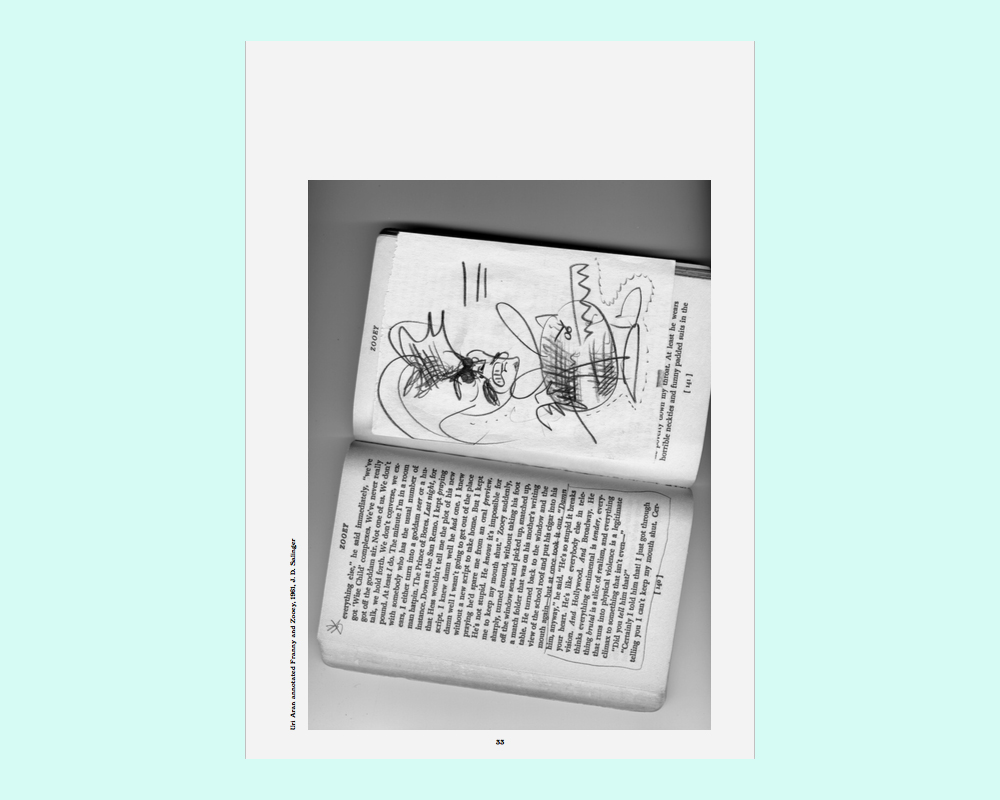
Franny and Zooey, by JD Salinger, 1961, annotated by Uri Aran
INFORMATION
The Annotated Reader is on view at Cork Street Galleries from 2-13 October. For more information, visit the website
ADDRESS
Cork Street Galleries
9a-9b Cork Street
London W1S 3LL
Receive our daily digest of inspiration, escapism and design stories from around the world direct to your inbox.
Elly Parsons is the Digital Editor of Wallpaper*, where she oversees Wallpaper.com and its social platforms. She has been with the brand since 2015 in various roles, spending time as digital writer – specialising in art, technology and contemporary culture – and as deputy digital editor. She was shortlisted for a PPA Award in 2017, has written extensively for many publications, and has contributed to three books. She is a guest lecturer in digital journalism at Goldsmiths University, London, where she also holds a masters degree in creative writing. Now, her main areas of expertise include content strategy, audience engagement, and social media.
-
 The beauty trends that will define 2026, from ultra-niche fragrances to anti-ageing dental care
The beauty trends that will define 2026, from ultra-niche fragrances to anti-ageing dental careAs we enter the new year, we speak to experts in fragrance, skincare, aesthetics, wellness and more about the trends that will be shaping the way we look
-
 The most stylish hotel debuts of 2025
The most stylish hotel debuts of 2025A Wallpaper* edit of this year’s defining hotel openings. Design-led stays to shape your next escape
-
 Neo-Gothic grandeur and decadent martinis await at Hawksmoor St Pancras
Neo-Gothic grandeur and decadent martinis await at Hawksmoor St PancrasThe dining room at the St Pancras London hotel has proved to be a revolving door for big-name chefs; now, it's Hawksmoor’s time to shine
-
 Out of office: The Wallpaper* editors’ picks of the week
Out of office: The Wallpaper* editors’ picks of the week'Tis the season for eating and drinking, and the Wallpaper* team embraced it wholeheartedly this week. Elsewhere: the best spot in Milan for clothing repairs and outdoor swimming in December
-
 Out of office: The Wallpaper* editors’ picks of the week
Out of office: The Wallpaper* editors’ picks of the weekFar from slowing down for the festive season, the Wallpaper* team is in full swing, hopping from events to openings this week. Sometimes work can feel like play – and we also had time for some festive cocktails and cinematic releases
-
 The Barbican is undergoing a huge revamp. Here’s what we know
The Barbican is undergoing a huge revamp. Here’s what we knowThe Barbican Centre is set to close in June 2028 for a year as part of a huge restoration plan to future-proof the brutalist Grade II-listed site
-
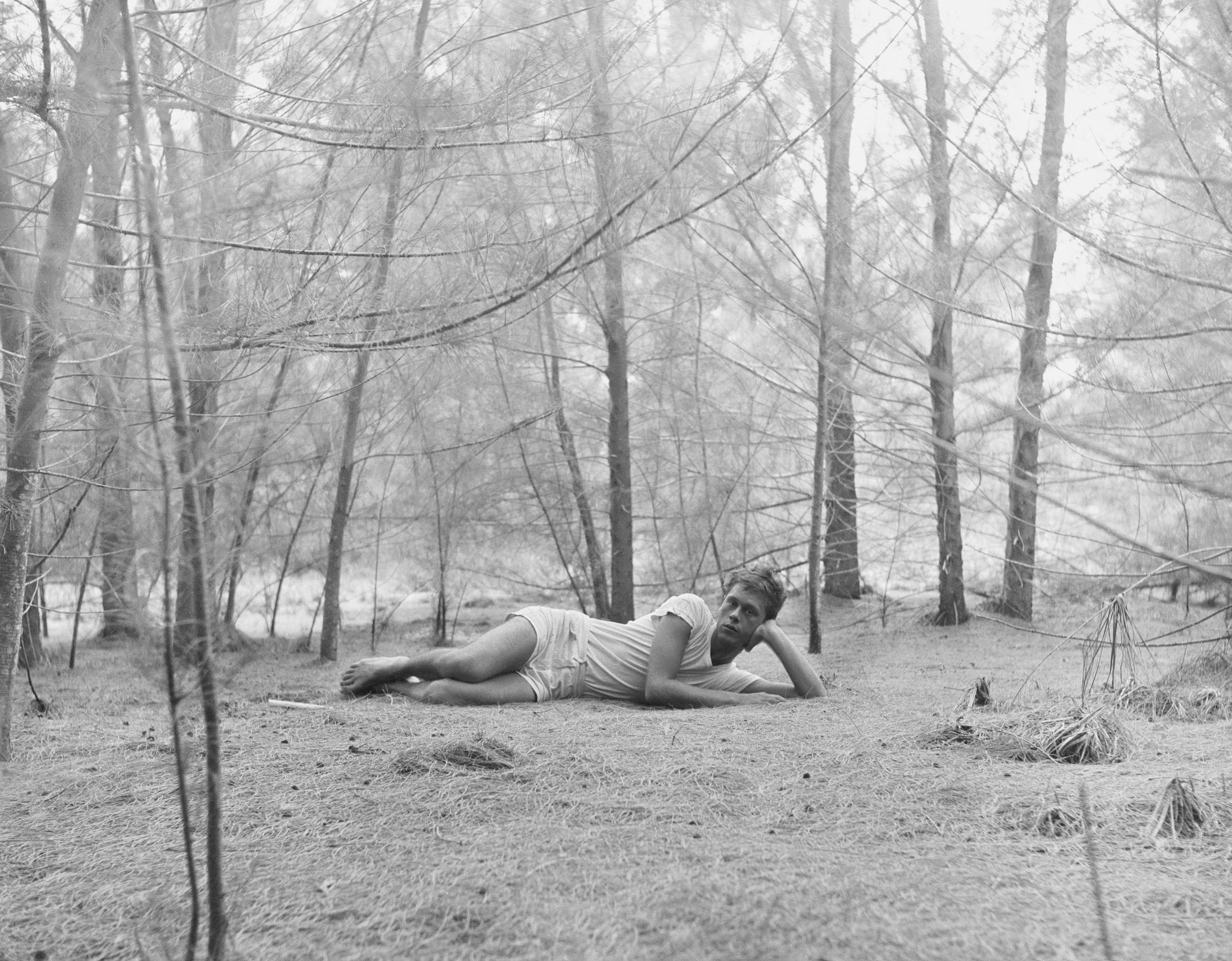 Inside the seductive and mischievous relationship between Paul Thek and Peter Hujar
Inside the seductive and mischievous relationship between Paul Thek and Peter HujarUntil now, little has been known about the deep friendship between artist Thek and photographer Hujar, something set to change with the release of their previously unpublished letters and photographs
-
 Out of office: The Wallpaper* editors’ picks of the week
Out of office: The Wallpaper* editors’ picks of the weekIt’s wet, windy and wintry and, this week, the Wallpaper* team craved moments of escape. We found it in memories of the Mediterranean, flavours of Mexico, and immersions in the worlds of music and art
-
 Nadia Lee Cohen distils a distant American memory into an unflinching new photo book
Nadia Lee Cohen distils a distant American memory into an unflinching new photo book‘Holy Ohio’ documents the British photographer and filmmaker’s personal journey as she reconnects with distant family and her earliest American memories
-
 Each mundane object tells a story at Pace’s tribute to the everyday
Each mundane object tells a story at Pace’s tribute to the everydayIn a group exhibition, ‘Monument to the Unimportant’, artists give the seemingly insignificant – from discarded clothes to weeds in cracks – a longer look
-
 Out of office: The Wallpaper* editors’ picks of the week
Out of office: The Wallpaper* editors’ picks of the weekThis week, the Wallpaper* team had its finger on the pulse of architecture, interiors and fashion – while also scooping the latest on the Radiohead reunion and London’s buzziest pizza